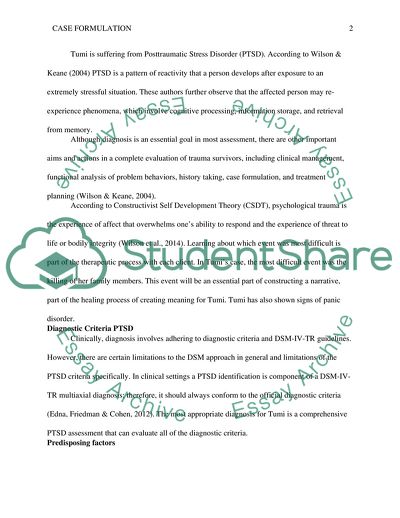Cite this document
(Art Therapy Opposite Cognitive-Behavioural Treatment Case Study Example | Topics and Well Written Essays - 2250 words, n.d.)
Art Therapy Opposite Cognitive-Behavioural Treatment Case Study Example | Topics and Well Written Essays - 2250 words. https://studentshare.org/psychology/1877611-case-formulation
Art Therapy Opposite Cognitive-Behavioural Treatment Case Study Example | Topics and Well Written Essays - 2250 words. https://studentshare.org/psychology/1877611-case-formulation
(Art Therapy Opposite Cognitive-Behavioural Treatment Case Study Example | Topics and Well Written Essays - 2250 Words)
Art Therapy Opposite Cognitive-Behavioural Treatment Case Study Example | Topics and Well Written Essays - 2250 Words. https://studentshare.org/psychology/1877611-case-formulation.
Art Therapy Opposite Cognitive-Behavioural Treatment Case Study Example | Topics and Well Written Essays - 2250 Words. https://studentshare.org/psychology/1877611-case-formulation.
“Art Therapy Opposite Cognitive-Behavioural Treatment Case Study Example | Topics and Well Written Essays - 2250 Words”. https://studentshare.org/psychology/1877611-case-formulation.


